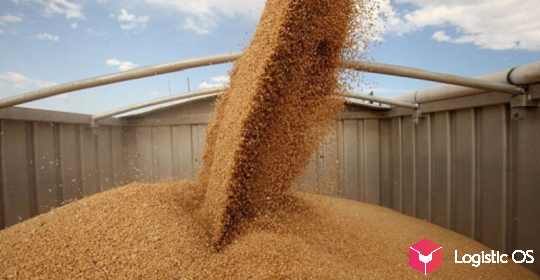Chinese regulators recently confirmed the possibility of using modified wheat with improved characteristics in China.
It is planned that the use of modified wheat will help Chinese farmers increase harvest volumes and thus protect the country’s food security.
After all, soft wheat is one of the crops that are actively consumed all over the world, including in China.
To increase wheat yields, Chinese scientists have developed a new variety that is more resistant to pests and diseases, in particular powdery mildew.
In addition, no abnormalities in growth or yield were found in the variety developed as a result of the mutation.
Scientists emphasize that this variety cannot be fully called GMO, because during genetic modification, as a rule, a gene from a foreign organism is added to the gene. In this case, we are talking about editing the original gene using “gene scissors.”
It is worth noting that the approved variety of modified wheat is not the first time that the Chinese regulator has approved GMOs.
For example, last year it allowed the use of soybeans and corn, which were also subject to similar experiments.
Experts note that soft wheat is of great importance for China because it is widely used as food in the country. This includes making pasta, noodles and bread from wheat.
Despite all this, China generally refuses to import products that may contain GMOs.
The only imports currently allowed are those used as animal feed, raising concerns about how safe it will be to subsequently consume the products from such animals.
As for other GMO varieties, China prefers to develop and create them independently, thus controlling the changes contained in the genes.
It is now planned that the full use of the new GMO wheat will begin in the near future.
Researchers expect that the new variety will be in demand because it can demonstrate high yields while being resistant to pests and diseases.
All this makes its cultivation more profitable and beneficial for farmers than the cultivation of many other varieties, and the approval of the Chinese regulator opens up almost limitless opportunities to begin cultivating this wheat almost throughout the country.

